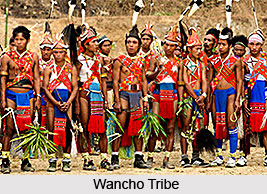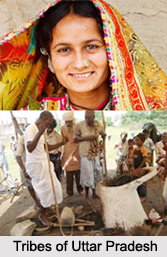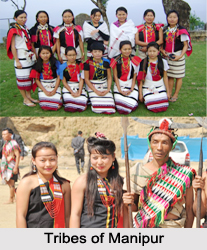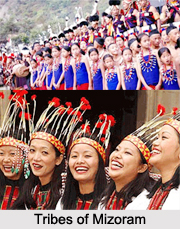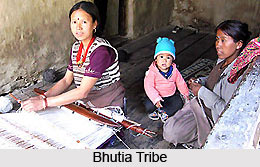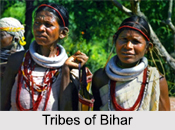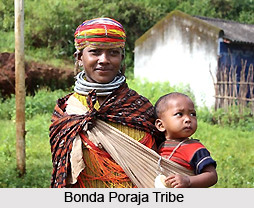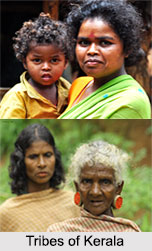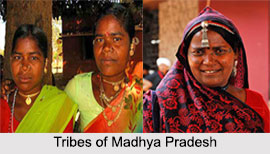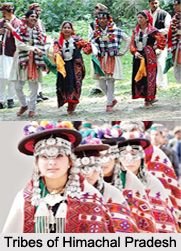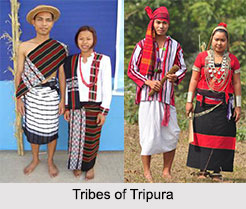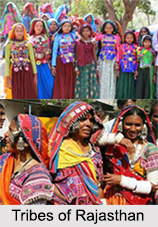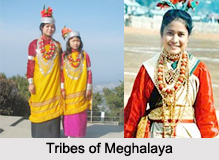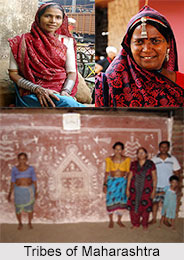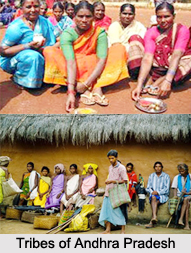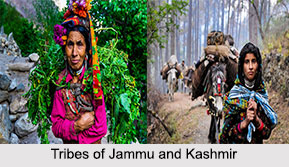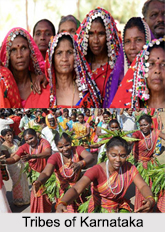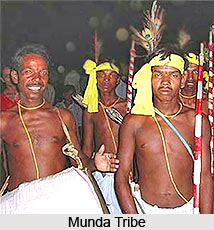 Festivals of Munda Tribe are celebrated with great enthusiasm and gusto marked by dancing, singing and feasting. The life of the Munda Tribe, residing mostly in West Bengal, Jharkhand and Odisha, is closely associated with several religious ceremonies. Every festival has a religious or economic background. Some festivals are celebrated for removing taboo imposed on some economic operations as ploughing, harvesting etc. These festivals mark the initiation of different functions and rituals. Festivals offer a social security to the Mundas. Some festivals are observed to invoke the blessings of the several Gods and Spirits to ensure peace.
Festivals of Munda Tribe are celebrated with great enthusiasm and gusto marked by dancing, singing and feasting. The life of the Munda Tribe, residing mostly in West Bengal, Jharkhand and Odisha, is closely associated with several religious ceremonies. Every festival has a religious or economic background. Some festivals are celebrated for removing taboo imposed on some economic operations as ploughing, harvesting etc. These festivals mark the initiation of different functions and rituals. Festivals offer a social security to the Mundas. Some festivals are observed to invoke the blessings of the several Gods and Spirits to ensure peace.
Significance of Dance in Festivals of Munda Tribe
Dance is considered to be the most essential part of the Munda festivals. The main dances worth mentioning are the "Mage", "Jadur", "Jopi" and "Lahsua". The Mage dances initiates with the end of Sohrai festival and with the commencement of "Kolom Sing". It is then succeeded by Jadur dances and songs that mark the onset of hunting season. It prolongs for a period of almost one fortnight until the hunting mission ends. Finally the Lahsua dances are performed. These dances and songs are performed throughout the year in a cyclic order. In some of the dances performed the agricultural activities such as ploughing, sowing, harvesting etc. are clearly depicted. "Dom Kach" is a special dance performed during marriage.
Mage Parab of Munda Tribe
The festival is celebrated towards the end of Poush i.e. December-January and during the beginning of Magh i.e. January-February. No fixed dates are appointed for the celebration of the festival as different villages celebrate it on different dates. During the festival the villagers observe fast on Mondays, Wednesdays and Fridays. The wife of the Pahan executes a major role in the performance of the festival as she prepares the sacrificial beer.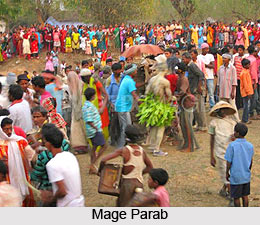
Phagu Festival of Munda Tribe
The festival celebrated in the month of Phalgun i.e. during February marks the beginning of the hunting season that is initiated on this day. The festival is believed to have been borrowed from the Hindus.
Sarhul or Ba Parab of Munda Tribe
"Ba" in Mundari means flower and "Parab" is the feast or festival thus, the word Ba Parab is known to be the "Festival of Flower". The festival is observed in the month of Chait i.e. during February and March, generally on the 5th day of the moon in the month of Chait.
Hon-Ba-Parab of Munda Tribe
The festival is celebrated during the month of Baisakh or Jyestha i.e. in April or May before the sowing of the paddy begins. No public sacrifice is offered during this occasion but the head of family offers a sacrifice of a fowl to the "Orabangako".
Karam Festival of Munda Tribe
The Mundas believe that it is part of their duty to observe a feast after ploughing and levelling of the fields has been completed. This feast is observed in accordance to the Hindu feast Karma observed on the 11th day of the moon in the month of Bhado i.e. during August-September.
Ind-Parab of Munda Tribe
The festival is celebrated in villages that have been under the direct influence of the Hindus. Celebrated in the month of Bhado i.e. during July-August, the festival is observed with great enthusiasm on the day succeeding the Karam feast. It is usually celebrated before the Dasai feast.
Jom-Nagoa Festival of Munda Tribe
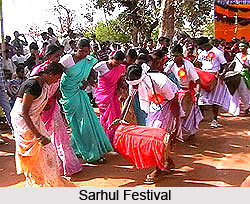 This festival is associated with the eating of new rice of the harvest. The festival, observed in the month of Bhado i.e. during July-August or Aswin i.e. during August-September, is celebrated when coarse paddy begins to ripe.
This festival is associated with the eating of new rice of the harvest. The festival, observed in the month of Bhado i.e. during July-August or Aswin i.e. during August-September, is celebrated when coarse paddy begins to ripe.
Batauli Festival of Munda Tribe
The festival is observed before the initiation of re-ploughing and Kara operations. It is celebrated in the month of Bhado i.e. during August. The main purpose of this festival is to protect and safeguard the villagers from snakes and tigers.
Dasai Festival of Munda Tribe
This festival, celebrated in the month of Aswin-Kartik i.e. September-October, bears a close resemblance to the Dussehra festival of the Hindus. The Mundas usually celebrate the festival with their Hindu landlords residing outside the periphery of the Munda religion. This festival is marked by dancing, singing and a merry making.
Sohrai Festival of Munda Tribe
This festival is celebrated by the Mundas on the 15th day of the month of Kartik, the Kartik Amavasya i.e. during October-November. The festival, celebrated in honour of the cattle is also known as Lakshmi Puja.
Kolom Sing Festival of Munda Tribe
The word "Kolom" means a threshing floor and Kolom Sing is the sacrifice offered by the Pahan in his threshing floor on behalf of the villagers. It is usually performed in the month of Agrahan i.e. during November-December on any of the three days, Monday, Wednesday or Friday when the paddy crop has been cut.
Besides these festivals the Mundas also celebrate few Hindu festivals that resulted from the impact of Hinduism on them that penetrated even in the remotest corner of the Munda villages. Goddess Lakshmi is deeply worshipped and venerated as they identify their cattle with her. The Mundas also worship the cow and adorn, feed and revere her.
